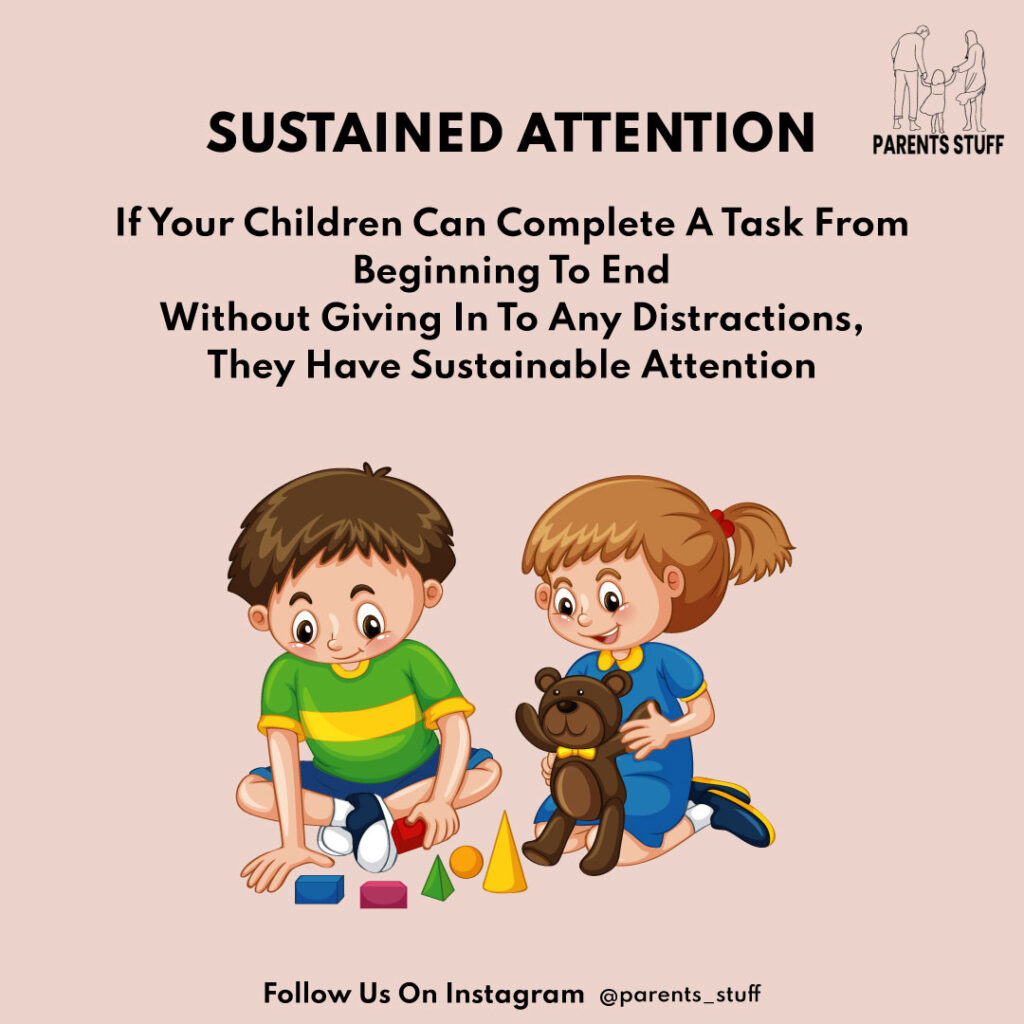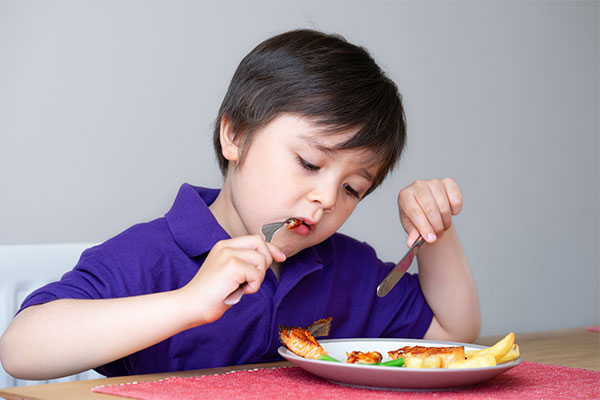Does dinnertime in your household feel like a nightly negotiation? Are you exhausted from preparing meals that get pushed around plates but are never eaten? Do you find yourself making separate “kid meals” just to ensure your child eats something—anything—for dinner? If so, you’re navigating one of parenting’s most common and frustrating challenges: fussy eating. Understanding how to handle fussy eaters effectively can transform mealtimes from stressful battles into opportunities for connection, learning, and actually enjoying family time together.
Fussy eating affects approximately 25-35% of children at some point between toddlerhood and adolescence, with peak challenges typically occurring between ages 2 and 6 and sometimes resurfacing during preteen years. While it’s developmentally normal for children to go through phases of food selectivity, the stress it creates for parents is very real. Concerns about nutrition, wasted food, social situations, and the daily emotional toll of mealtime battles can leave parents feeling defeated and unsure how to help their children develop healthier eating habits.
This comprehensive guide provides evidence-based strategies for parents of children aged 5-17 to handle fussy eating without stress, pressure, or constant conflict. These approaches respect your child’s autonomy while gently expanding their food acceptance and creating positive mealtime experiences that benefit the whole family.
Understanding Why Children Become Fussy Eaters
Before implementing solutions, understanding the root causes of fussy eating helps you respond with empathy rather than frustration.
1. Developmental and Biological Factors
Sensory sensitivity: Some children experience tastes, textures, and smells more intensely than others. What seems like an arbitrary rejection may actually be genuine sensory overwhelm. Foods that are slimy, mushy, or have unexpected textures can trigger strong aversion responses.
Evolutionary protection: Children’s natural wariness of new foods (neophobia) has evolutionary roots—it protected our ancestors’ children from poisoning. This instinct typically peaks around ages 2-6 but can persist longer in some children.
Taste bud differences: Children have more taste buds than adults, making flavors more intense. Bitter tastes that adults tolerate may be genuinely unpleasant for children. Additionally, genetic variations affect how people perceive certain flavors.
2. Psychological and Environmental Factors
- Control and autonomy: For children, especially during ages when they’re developing independence, food becomes one area they can control when many life aspects are decided by adults. Food refusal can be about asserting autonomy more than actual food preferences.
- Previous negative experiences: A single incident of choking, vomiting, or being forced to eat something can create lasting food aversions. Children may avoid entire food categories based on one bad experience.
- Mealtime stress: When meals become battlegrounds, anxiety around eating increases. Children may refuse foods simply because they’ve learned that food choices trigger strong parental reactions, making mealtime attention-seeking behavior rather than genuine preference.
- Modeling and family dynamics: Children who see parents or siblings avoiding certain foods are more likely to reject those foods themselves. Family eating patterns significantly influence children’s food acceptance.
Understanding these factors helps reframe fussy eating from “my child is being difficult” to “my child is navigating genuine challenges that require patient support.”

The Foundation: Division of Responsibility
The most effective framework for managing fussy eating without stress is Ellyn Satter’s Division of Responsibility in Feeding, which clearly defines parent and child roles around food.
Parent Responsibilities
You decide:
- What foods are served at meals and snacks
- When meals and snacks occur
- Where eating takes place
This means: You plan nutritious meals, establish regular eating times, and create pleasant mealtime environments. You control the food offered but not whether or how much your child eats from what’s available.
Child Responsibilities
Your child decides:
- Whether to eat what’s offered
- How much to eat from available options
This means your child has autonomy over their intake. They won’t starve themselves, and their bodies naturally regulate hunger and fullness when we don’t interfere.
Why This Works?
This division eliminates power struggles. When you stop trying to control whether and how much your child eats, food loses its emotional charge. Children eat more varied diets when they’re not pressured, and parents experience less stress when they’re not responsible for their child’s every bite.
Critical principle: Trust your child’s hunger and fullness cues. Children’s appetites fluctuate based on growth patterns. Some days they’ll eat voraciously; other days, very little. This is normal and not cause for intervention.
healthy recipes for busy weeknights
Practical Strategies for Handling Fussy Eaters
These evidence-based strategies reduce mealtime stress while gently expanding your child’s food acceptance over time.
Strategy 1: Serve Family-Style Meals
Rather than plating food for your child, place serving dishes on the table and let everyone serve themselves.
Benefits:
- Children control portions, reducing pressure
- They can start with tiny portions of new foods
- No wasted effort on pre-plated meals that get rejected
- Models healthy eating as family members serve themselves
- Encourages trying foods by watching others enjoy them
Implementation: Include at least one “safe food” your child typically accepts at each meal alongside new or challenging foods. This ensures they have something to eat without making them a separate meal.
Strategy 2: Neutralize Food Language
The way we talk about food significantly impacts children’s willingness to try new things.
Helpful approaches:
- Describe foods neutrally: “crunchy,” “smooth,” “orange,” “cold”
- Avoid labeling foods as “healthy” or “unhealthy” (creates moral judgment)
- Don’t call vegetables “good” or desserts “bad”
- Eliminate “kid food” vs. “adult food” distinctions
- Avoid bargaining: “Eat your vegetables, then you can have dessert”
Why it matters: When dessert becomes a reward for eating vegetables, vegetables are implicitly positioned as something undesirable you must endure. This reinforces negative associations rather than building genuine food acceptance.
Strategy 3: Repeated, No-Pressure Exposure
Research shows children need 10-15 exposures to a new food before accepting it, sometimes more for strong-willed or sensory-sensitive children.
Effective exposure without pressure:
- Regularly include refused foods in family meals
- Don’t comment when your child doesn’t take or eat these foods
- Model enjoying these foods yourself without making it a show
- Invite (never force) tasting: “Would you like to try a bite?”
Accept “no thank you” without disappointment or negotiation
The long game: Your goal isn’t getting your child to eat broccoli tonight—it’s building comfort with broccoli over months so they might try it eventually. Pressure sabotages this gradual acceptance process.
Strategy 4: Involve Children in Food Preparation
Children who participate in cooking are significantly more likely to try the foods they helped prepare.
Age-appropriate involvement:
- Ages 5-7: Washing produce, tearing lettuce, stirring ingredients, setting table
- Ages 8-10: Measuring ingredients, simple cutting with supervision, following recipes, mixing salads
- Ages 11-14: Using stove with supervision, following complex recipes, meal planning input
- Ages 15-17: Independent cooking, grocery shopping participation, meal planning leadership
Benefits beyond eating: Cooking together provides quality time, teaches valuable life skills, and gives children pride in their contributions. The eating benefits are bonus outcomes.
Strategy 5: Create Positive Mealtime Experiences
When mealtimes are pleasant and stress-free, children naturally eat better over time.
Building positive meal environments:
- No electronics at the table (parents and children)
- Engage in pleasant conversation unrelated to food
- Never force, bribe, or punish around eating
- Keep portions small to avoid overwhelming plates
- Allow reasonable mealtime duration without rushing
- Model the eating behaviors you want to see
Conversation starters: “What was the best part of your day?” or “Tell me something that made you laugh today.” Focus on connection, not consumption.

Strategy 6: Respect Sensory Sensitivities
For genuinely sensory-sensitive children, certain foods may be legitimately overwhelming, not just “picky.”
Accommodating sensory needs:
- Serve foods separately rather than mixed
- Respect texture preferences (some children cannot tolerate mushy foods)
- Introduce new foods alongside familiar versions (plain pasta with sauce available on the side)
- Allow food exploration without eating (touching, smelling, licking)
- Don’t force foods that trigger genuine distress
When to seek help: If sensory issues significantly limit your child’s diet (fewer than 20 accepted foods), cause distress, or impact growth, consult a feeding therapist or occupational therapist specializing in sensory processing.
What NOT to Do: Common Mistakes That Increase Stress?
Well-meaning parents often inadvertently worsen fussy eating through these common approaches.
1. Avoid Short-Order Cooking
Making separate meals for your fussy eater seems kind but actually reinforces selective eating and creates unsustainable work for parents.
Better approach: Serve the family meal with at least one component your child typically accepts. If they choose not to eat, they can wait until the next scheduled meal or snack. One skipped meal won’t harm them and often increases willingness at the next eating opportunity.
2. Don’t Use Dessert as Reward
“Finish your vegetables and you can have dessert” teaches children that desserts are superior to vegetables and that vegetables are obligations to endure.
Better approach: Serve dessert as part of the meal without conditions, or not at all. When dessert isn’t a reward, it loses its power and becomes just another food option.
3. Eliminate Food Pressure
Pressure to eat—whether through begging, bribing, threatening, or praising—backfires by making meals stressful and food emotionally charged.
Research finding: Studies consistently show that pressure to eat decreases children’s food acceptance over time. Children pressured to eat vegetables actually consume fewer vegetables long-term than children never pressured.
4. Stop Commenting on Their Eating
Every comment about what or how much your child eats—positive or negative—increases food-related anxiety.
What to avoid:
- “Great job eating your carrots!”
- “You didn’t eat much dinner.”
- “Just try one bite.”
- “You used to love this.”
- Comparing siblings’ eating
Why silence helps: When food becomes neutral (like clothing choices), children focus on hunger and preference rather than parental approval or disapproval.

Age-Specific Considerations
Fussy eating manifests and requires different approaches across developmental stages.
1. Elementary Age (5-10 Years)
Characteristics: Peak fussy eating often occurs in this range. Children are developing taste preferences, asserting independence, and are highly influenced by peers.
Strategies:
- Involve in meal planning and grocery shopping
- Expose to diverse foods through cooking together
- Address peer influence: “Everyone likes different foods”
- Maintain consistent meal schedule preventing excessive snacking
- Model adventurous eating yourself
2. Pre-Teen Years (11-14 Years)
Characteristics: Body image concerns may emerge. Some children become more adventurous eaters; others restrict more. Peer influence intensifies.
Strategies:
- Focus on how food makes them feel (energy, mood) rather than appearance
- Respect growing autonomy while maintaining family meal structure
- Address disordered eating concerns if food restriction seems extreme
- Avoid commenting on their changing bodies
- Continue modeling healthy relationship with food
3. Teenage Years (15-17 Years)
Characteristics: Greater independence, including food choices outside the home. Some teens develop more sophisticated palates; others rely heavily on fast food and convenience foods.
Strategies:
- Teach cooking and nutrition basics for independence
- Maintain family meals when possible despite busy schedules
- Respect dietary choices (vegetarianism, etc.) while ensuring adequate nutrition
- Address any disordered eating patterns promptly with professional help
- Transition toward partnership rather than control

When to Seek Professional Help?
Most fussy eating resolves naturally with patient, pressure-free approaches. However, some situations warrant professional intervention.
Consult a pediatrician, dietitian, or feeding therapist if:
- Your child’s diet consists of fewer than 20 accepted foods
- Growth is affected (falling off growth curve percentiles)
- Eating causes significant distress for child or family
- Sensory issues severely limit food acceptance
- Previous trauma around food or eating exists
- Anxiety specifically around eating is present
- Child exhibits signs of disordered eating or body image issues
Early intervention for genuine feeding difficulties produces better outcomes than waiting to see if they “grow out of it.”
The Long-Term Perspective
Understanding how to handle fussy eaters requires patience and long-term thinking. Your goal isn’t perfection tonight—it’s raising an adult with a healthy relationship with food.
Remember:
- Food acceptance develops over years, not weeks
- Your job is offering nutritious options, not ensuring consumption
- Children’s appetites fluctuate naturally—trust their bodies
- Pressure and stress worsen food acceptance
- Neutral, patient exposure works better than any forceful approach
Most children who were fussy eaters become adults with varied, normal diets—especially when parents avoid creating negative associations and power struggles around food.
healthy homemade drinks for kids
Frequently Asked Questions (FAQ)
Q. What if my child only eats carbs and refuses all vegetables and protein?
Continue offering varied foods at meals without pressure. Include preferred carbs alongside vegetables and proteins. Children won’t starve themselves. If you’re concerned about nutrition, consult your pediatrician about whether a multivitamin is appropriate, but don’t replace exposure to real foods with supplements alone.
Q. Should I make my child sit at the table even if they’re not eating?
Children should remain at the table for a reasonable period (10-20 minutes, depending on age) for family time, regardless of whether they’re eating. However, don’t force them to sit for extended periods staring at unwanted food. When the meal ends for the family, it ends for everyone.
Q. Is it okay to let my child have the same breakfast every single day?
Yes. If they eat the same breakfast willingly, that’s fine. Save introducing variety for meals where you have more flexibility. Breakfast consistency reduces morning stress and ensures they start the day with food in their stomachs. Many adults eat repetitive breakfasts, too.
Q. What about nutrition? Won’t they become deficient in eating such a limited diet?
Most children who eat at least 15-20 different foods across food groups get adequate nutrition even if their diet seems limited. Multivitamins provide insurance if needed. If you’re truly concerned about deficiencies, consult your pediatrician for blood work rather than assuming a deficiency. Forcing foods to prevent hypothetical deficiencies creates real psychological harm.
Q. How do I handle social situations when my child refuses most foods?
Feed your child before events if you’re unsure appropriate foods will be available. Pack familiar foods for gatherings when possible. Don’t make your child’s eating a topic of conversation with hosts or other guests. Most understanding adults won’t comment, and those who do can be politely deflected: “They’re working on trying new foods at their own pace.”
Conclusion: Transforming Mealtimes from Stress to Success
Learning how to handle fussy eaters effectively transforms not just what your child eats but your entire family’s relationship with food and mealtimes. By implementing the Division of Responsibility, removing pressure, providing repeated neutral exposures, and maintaining pleasant meal environments, you create conditions where food acceptance can naturally develop over time.
Remember that fussy eating is rarely about defiance or trying to frustrate you. It’s a normal developmental phase, a sensory challenge, or an autonomy assertion that requires patient, pressure-free support rather than battles and stress.
Your role is to provide nutritious options at regular times in positive environments. Your child’s role is deciding whether and how much to eat. When both parties stay in their lanes, stress dissipates, power struggles end, and food acceptance gradually expands.
This won’t happen overnight. It requires consistency, patience, and trust in your child’s innate ability to regulate their eating when given the opportunity. But the long-term benefits—children who become adults with healthy, varied eating patterns and positive relationships with food—make the patient approach worth every frustration-free dinner.
Start today with one change: perhaps serving meals family-style, or eliminating comments about eating, or involving your child in cooking. Build from there, trusting that small, consistent changes create significant long-term transformation in how your family experiences mealtimes together.

